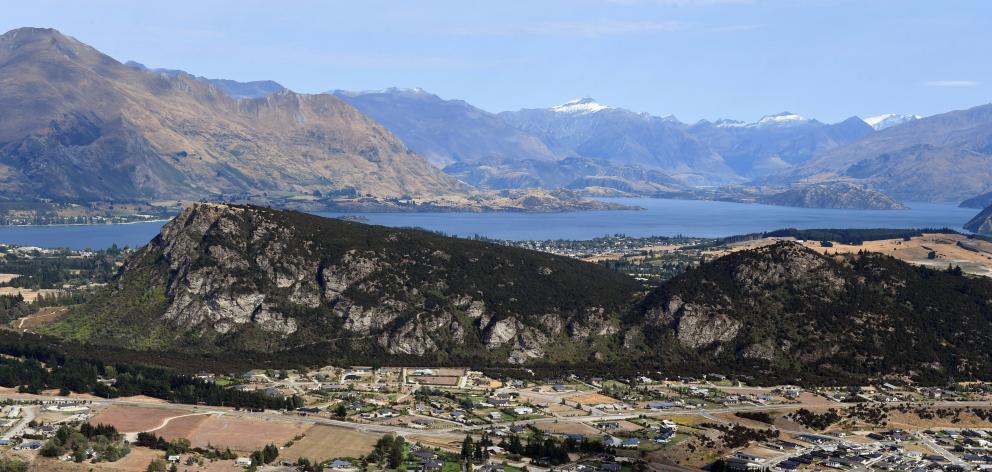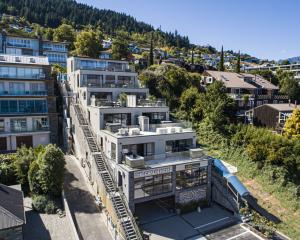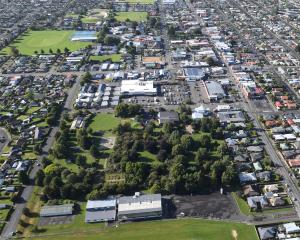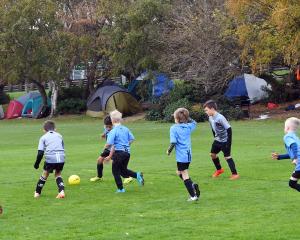

The panel, which included University of Otago law professor Andrew Geddis among its membership, was set up by the previous government with wide-ranging terms of reference to consider how we elect our MPs.
Although subjects such as online voting, changing from the MMP voting system, keeping or scrapping Maori seats, re-establishing an upper House, and the size of Parliament were explicitly ruled out of consideration, there was still plenty for the panel to sink its teeth into — a 525-page report shows the panel’s esteemed membership did not take a once-over-lightly approach to its duties.
Although maybe they should have: when releasing the report, Justice Minister Paul Goldsmith instantly ruled out the panel’s recommendations that the voting age be lowered to 16, that all prisoners should be allowed to vote and stand for Parliament, that the ratio of electorate to list seats should be frozen, and that the offence of "treating" voters should be scrapped.
It is all very well for Mr Goldsmith to disagree with the panel on those and other points — most of them are arguable, although the statute about treating is an archaic Victorian era provision which seems non-applicable today.
But they should at least be considered and debated, rather than summarily dispensed with. Serious countries which New Zealand compares itself to have lower voting ages, denying prisoner’s voting rights is an issue with constitutional ramifications, and the proportions of the seats ratio will need to be considered given national and regional population growth.
Even though a different justice minister, from a different party and, indeed, a different government, has received the report from the minister who commissioned it, these are broad-brush electoral matters which a government of whatever make-up would have to consider. They merit a deep discussion, rather than a flat no.
So what does remain for the government to make a formal response to?
It can already answer the recommendation about holding a referendum regarding the length of the parliamentary term: doing just that was agreed to as part of the National-Act New Zealand coalition agreement.
Still up for consideration are such things as several proposed new entrenched provisions regarding the Māori electorates, the right to vote and the right to stand as a candidate, as well as lowering the party vote threshold to 3.5%, scrapping "coat-tailing" and "waka-jumping" law, voluntary versus compulsory voting, and changing election advertising rules.
All in all, there are 117 primary recommendations, plus a range of technical adjustments. Some, none or all may eventually be accepted, but they are all worthy of due consideration.
One recommendation which will be of interest to those in the South will be the panel’s suggestion that the "variation from quota" percentage be increased to 10%. The what, I hear you ask?
The Electoral Act mandates there must be 16 electorate seats in the South Island. In 2020, when the boundaries were last considered, if you divided the population of Te Wai Pounamu by 16 you got approximately 65,000 people for each of the electorates.
But when drawing the boundaries, the Representation Commission was allowed a little wiggle room, the variation of quota, of 5%, to try to make the maps and maths line up.
As Southern Say has traversed before, this creates some curious boundaries; at present, the Clutha district is sliced up between three seats; neighbouring Queenstown and Wānaka are in the same local government territory but in different electorates, and Alexandra keeps on swapping between electorates as some kind of makeweight.
The commission suggests a 10% variation be introduced, possibly with some of the above scenarios in mind. But would it make a difference to our electorate boundaries?
Probably not. The population of Invercargill is about 58,000, so its current boundaries just about fit the current allocation perfectly. Likewise, Dunedin — divided into the Dunedin and Taieri electorates — has a population of just over 130,000, so again roughly within the current allocation’s boundaries.
But how to balance rural Southland, the Waitaki and the Lakes districts remains a Gordian knot. There are enough people in the QLDC region now — about 60,000 — to merit them seat on their own, but if boundaries were redrawn to reflect that community of interest, then the challenge becomes finding a suitable electorate to represent the 13,000 people of Gore and the 30,000 people in rural Southland.
Likewise, take the 17,000 or so people in Wānaka away from its current electorate home and the Waitaki district’s 24,000 people and Central Otago’s 26,000 are also left looking for more than a 10% variation to make up the shortfall in the Waitaki seat.
Factor in the rising population of Queenstown and Wānaka — it has approximately doubled since 2007 and shows little sign of slowing down — and this is a question which will not be able to be put off for much longer.












